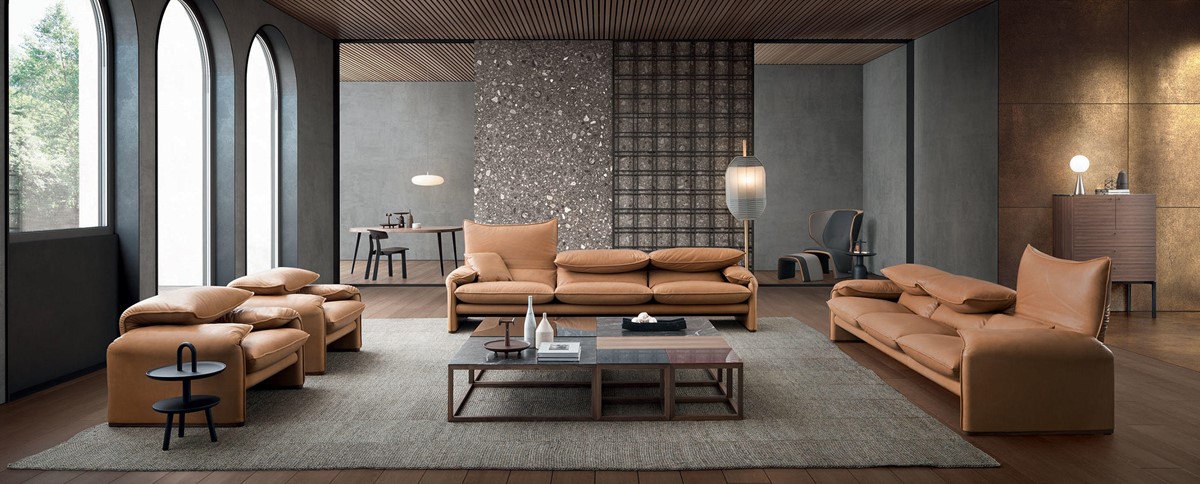LC3 Armchair
- Designer:
- Le Corbusier, Pierre Jeanneret & Charlotte Perriand
- Brand:
- Cassina
Changes have been made to the following workplace policies in response to the COVID-19 coronavirus. Please make sure you’re familiar with the latest updates.
Lorem ipsum dolor sit amet, consectetur adipiscing elit. Pellentesque efficitur elementum ornare. Aliquam ac lacinia mi, id ultricies tortor. Fusce euismod, arcu sit amet consectetur tristique.
We don't appear to have any products related to your search term. Please try again.
Shipping and discount codes are added at checkout.
















Fabric - Champ

Fabric - Ginkgo Morgon

Fabric - Marocco

Fabric - Ortigia Prussia

Fabric - Osaka Carbone

Fabric - Pamir

Fabric - Perbacco

Fabric - Rox Blu Oceano

Fabric - Samsara Verde Sottobasco

Fabric - Savana

Fabric - Sutra Bianco & Nero

Leather - Pelle Extra Bianco

Leather - Pelle Naturale Z Blu

Leather - Pelle Naturale ZZ Oceano

Leather - Scozia Grafite
Timeless, unique, and profoundly authentic, the LC2 armchair has played a role in the history of furniture design, becoming a worldwide icon. Created to enhance conversation, this armchair was exhibited at the Salon d’Automne in Paris in 1929, as an archetype of the modern conception of furniture, dubbed “domestic equipment” by its creators. The separation of metal frame from upholstery expresses the Rationalist approach, this same separation responds to the logic of industrial manufacture, while also evoking the architectural relationship between the load-bearing structure and the walls. The balance between form and function derives form an in-depth study of human posture human body and through the use of the Modulor, a system based on the typical measurements of the male body and on a mathematical language informed by the proportions of universal harmony.
Timeless, unique, and profoundly authentic, the LC2 armchair has played a role in the history of furniture design, becoming a worldwide icon. Created to enhance conversation, this armchair was exhibited at the Salon d’Automne in Paris in 1929, as an archetype of the modern conception of furniture, dubbed “domestic equipment” by its creators. The separation of metal frame from upholstery expresses the Rationalist approach, this same separation responds to the logic of industrial manufacture, while also evoking the architectural relationship between the load-bearing structure and the walls. The balance between form and function derives form an in-depth study of human posture human body and through the use of the Modulor, a system based on the typical measurements of the male body and on a mathematical language informed by the proportions of universal harmony.
